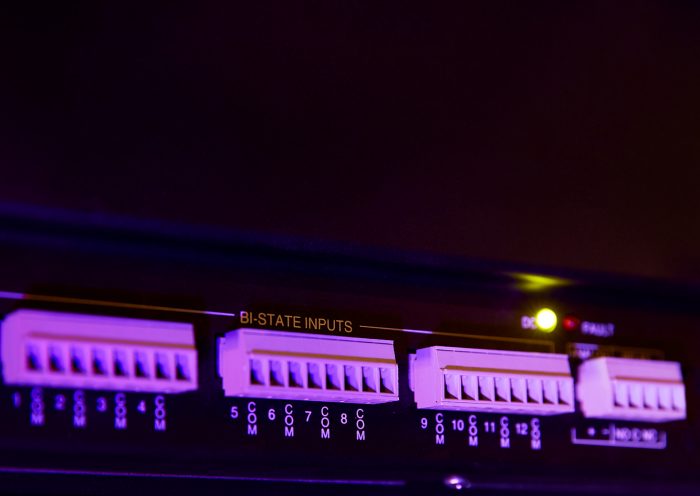

When planning a technical roadmap, most businesses tend to look at where they’re going and what do they want to achieve in both the short and long-term. But an important question that tends to be overlooked is, what is it we don’t want to be doing, and why?
Looking at what should or could be avoided is a crucial step when we consider a shifting technical landscape and defining what isn’t in our or our customers’ best interests is often the best way of figuring out what is. By taking the time to regularly assess business strategies against the needs of our customers, we’re better placed to meet their needs as well as our own business goals.
So, here’s what’s on the roadmap, and what’s not.
What we’re leaving out:
It’s all too easy to get swept up in trends and buzzwords in the ever-evolving technology industry, but that’s not our style. We don’t buy into things that don’t help or address a specific need, and we don’t deploy tech just because it sounds cool.
Don’t get us wrong—we’re all for innovative cloud solutions—but something we’ve learned from experience is that the cloud isn’t necessarily the best solution for every problem. We prefer to work on a case-by-case approach, then we can ensure we deliver each customer the best possible solution for them, and them alone.
Moving to the cloud impacts finances. And while start-ups may find the OpEx pay-as-you-go model works best for them by alleviating the costs of investing in hardware and supporting software, large enterprises who’ve already invested heavily in physical infrastructure may not view things from the same perspective. Some need to capitalise on these purchases, and therefore making the decision to move onto the cloud almost always requires further investigation into the potential benefits versus financial implications before a decision can be made.
Many customers will also need to consider factors such as operational models and skillsets, plus security and data sovereignty when making decisions about the implementation of cloud-based infrastructure solutions.
What we’re putting in:
Something that’ll never disappear from our roadmap is enhancements to security protocols. It’s what we build our technical solutions around, and it’s essential that we continue to review and develop our security products and services in order to keep our customers secure.
We’re investing plenty of time in determining how we can leverage the existing processing power of our edge gateways and the intelligence of modern equipment to extract even more data to deliver added value for our customers.
We’ll also be looking at ways to apply more advanced mechanisms to gain better insight into the volumes of data being collected from our management systems. Improvements to this system will allow us to generate increased reporting capability and grant our customers access to the insights that matter most to them—no meaningless pie charts.
These days integration is everything, and the idea of implementing standalone systems is more than outdated. On our roadmap, we’re looking at ways to build ecosystems of supported edge infrastructure by integrating services at each facility—from generators to power controllers to networked cameras. The question we’re asking ourselves is, how can we better integrate additional sensors to provide insights into an environment, and to control certain aspects to maintain a healthy network?
We also want to make sure our customers enjoy the flexibility of not being locked into just one vendor, which we do by developing products that can be connected to any hardware purchased in the future.
We believe access to actionable data-driven insights should never be limited to one area of a business. Instead, it should be embedded in every layer of an organisation in order to facilitate more informed decision making at every level. So, we’ll be concentrating on delivering the right insights to the right people at the right time through focused portals to drive business outcomes.
It would be fair to say that, as always, the focus of accesstel’s current roadmap is on taking a proactive, rather than reactive, approach to developing new and improved ways of supporting our customers, by acknowledging that there’s no one-size-fits-all solution. As our business continues to grow, we’ll continue to develop and enhance our offering in data-driven actionable insights, and back them up with best-practice, industry-standard security products that are adaptable, flexible, and cost effective.

Most businesses will have an asset or assets that they define as critical. It’s critical because its successful functioning contributes to the ongoing success of the business.
Read more
Deriving meaningful insights: your data has a lot to say, but it's what you do with the information that can make all the difference.
Read more
The threat of a cyber attack is real and growing in complexity. Is your business prepared for a potential attack?
Read more